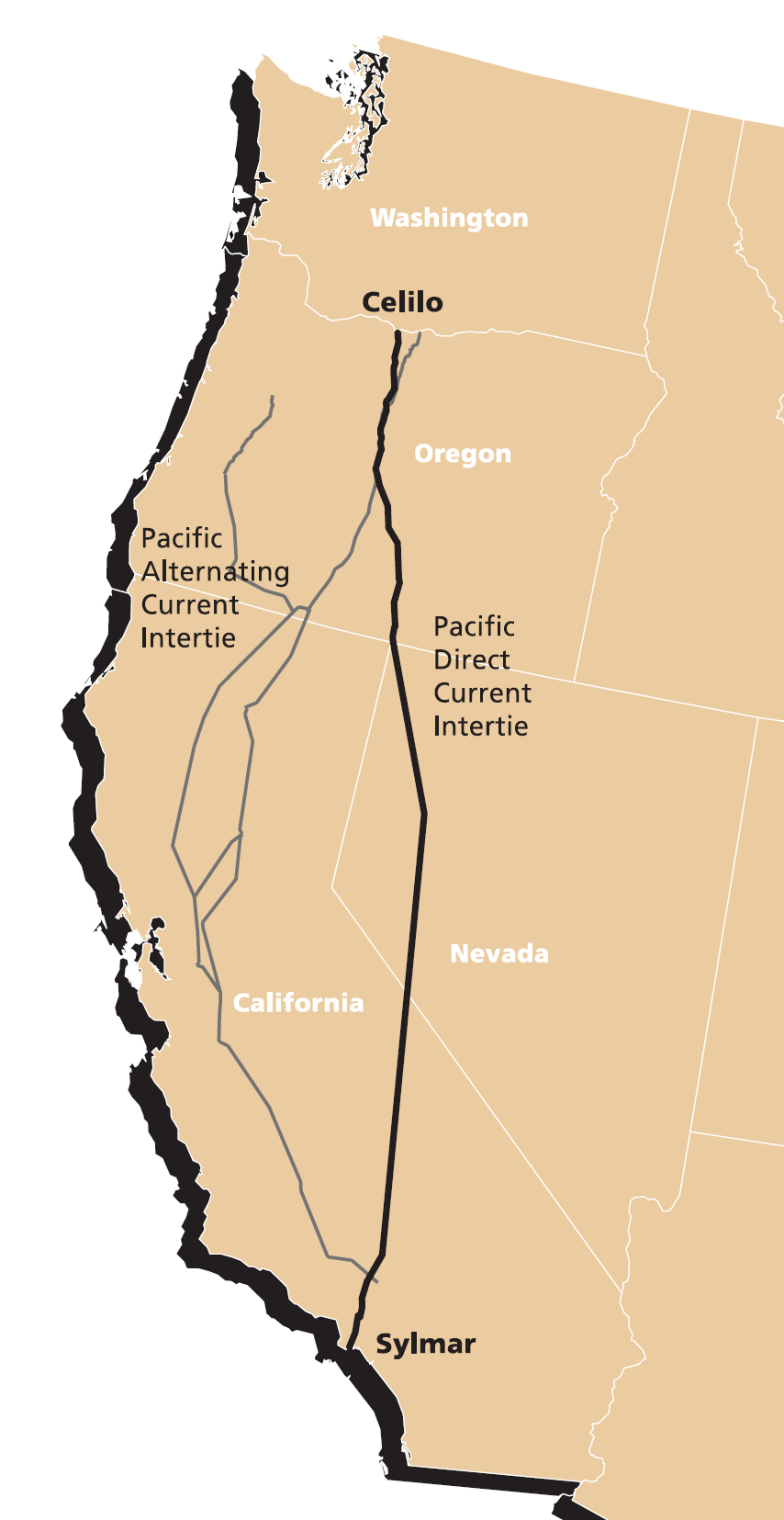swedge
Member
Microinverters offer several advantages: MPPT per panel is a big deal if there is any shading or panels with various orientations. Per panel monitoring. Low power per inverter means cooler, better reliability. Redundancy means failure of a single inverter is detected and the rest of the array continues to function while waiting for repair. Finally, a system can be easily expanded incrementally over time.Could someone explain to me of the advantage of using MicroInverters versus
a SCC (Solar Charger Controller) with MPPT (Maximum Power Point Tracking) solar system.
From what I can see, you need one MicroInverter for each solar panel, which is quite expensive.
Also the output of a MicroInverter is AC, so you need an AC/DC inverter to charge a battery.
I was thinking that MicroInverters were recommended when there was trees providing shade.
Also MicroInverters are simpler to use for Grid Ready systems without battery.
So in the case of a Solar system, without shade from trees, an using Powerwalls,
would you recommend using MicroInverters versus SCC MPPT ?
I think of it this way. String inverters are power electronics dealing in kW. Micro inverters are at power levels like a home hi-fi, so they run cooler which is a good thing. Over nearly 20 years with one string system and one Enphase system, I've had two string inverter failures and no micorinverter failures in spite of 10X as many micro inverters. Oh, and the microinvertes detected one weak solar panel which was replaced under warranty.
In my case, I have tall trees to the west, and each afternoon the shade sweeps across the array. With a string inverter with parallel wiring of multiple series strings, shading any single panel decreases production of the entire array.
In a prior home, we installed optimizers on the panels, but then a failure of the string inverter took the whole thing down while we waited for the repair.
In a non PowerWall installation, I recommend getting Enphase's consumption monitoring option. This give real time and logged home power use, so you can quantify your options for reducing your consumption.



